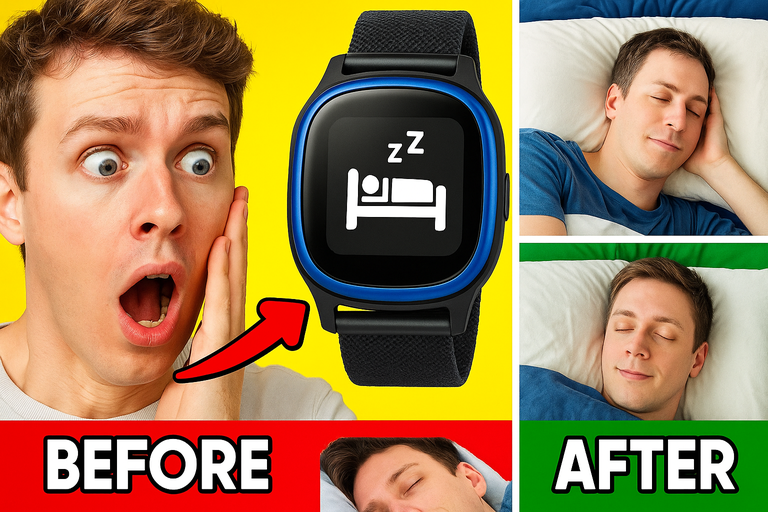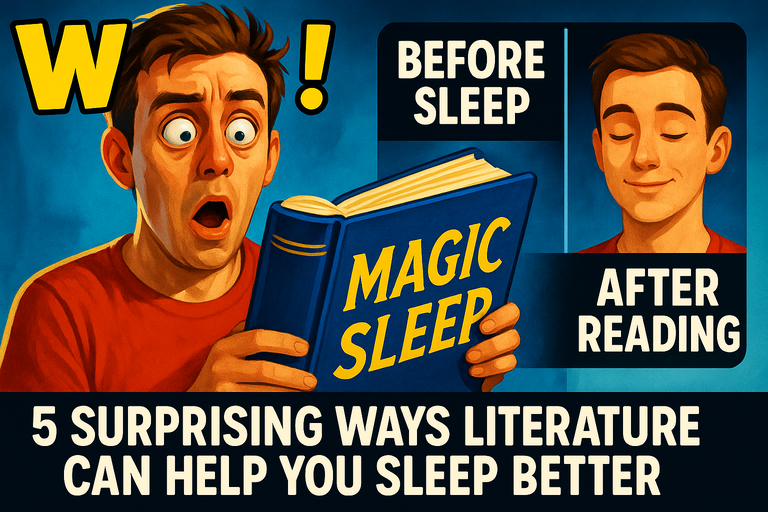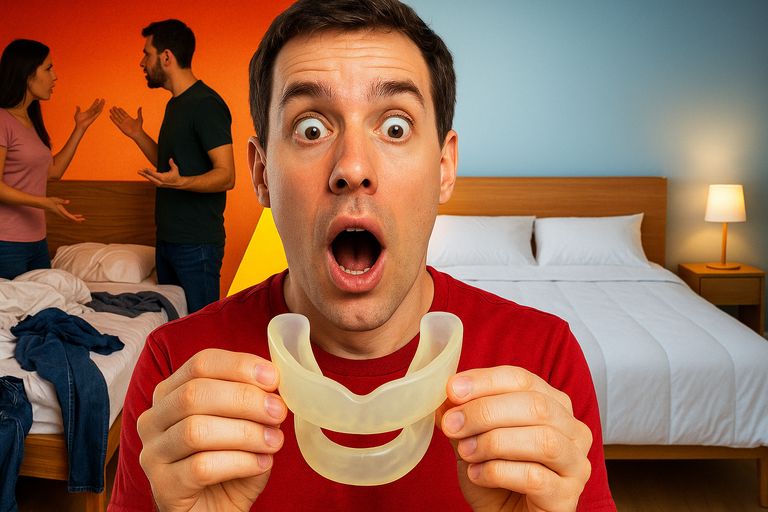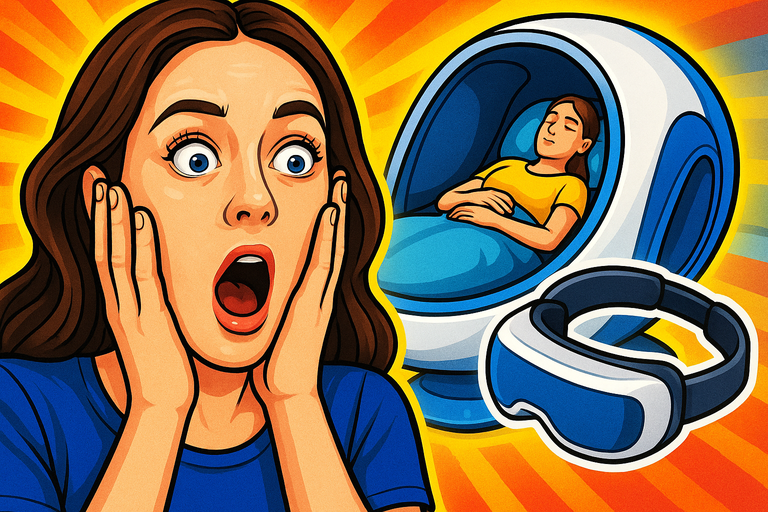- Posted on
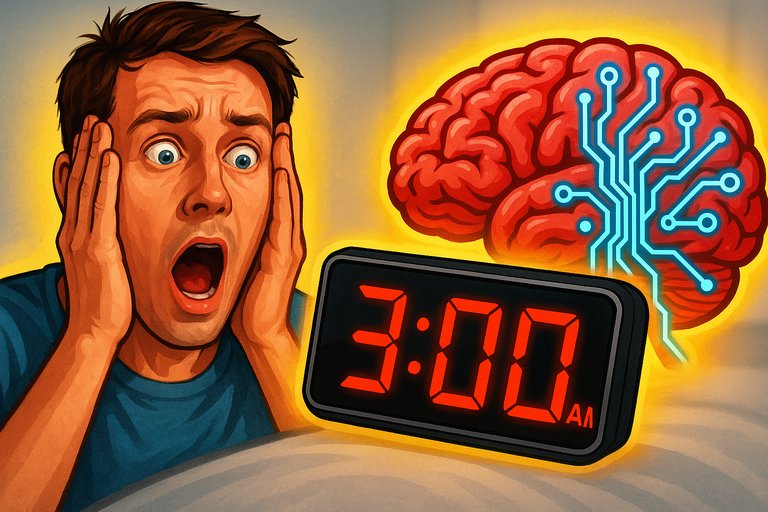
Ever felt like a robot literally decided if you’d sleep like royalty—or next to the ice machine?
That’s not just a futuristic nightmare, folks. It’s actually happening. Inspired by this head-turning article about Marriott’s bold new Bonv-AI™, I started asking myself: are any of our precious zzz’s still in our own hands? Or have we handed over our nightly rest to the almighty Algorithm?
If you’re curious—and maybe a little freaked out—keep reading. Let’s unpack the 5 wildest ways AI is reshaping our sleep (for better or worse), and I’ll share the one thing you can still control when it comes to waking up refreshed. Spoiler: It’s not negotiating with a robot for an upgrade.
1. AI Now Decides If Your Hotel Stay Is a Dream or a Disaster
You check into your hotel after a soul-crushing red-eye, hoping for that magical “suite surprise”… only to end up staring at a view of the HVAC unit. Enter Bonv-AI™, Marriott’s latest “innovation”: a robot that analyzes your loyalty status, past stays, and apparently, the alignment of the stars to assign your room—all without a single ounce of human empathy.
According to the original article, Bonv-AI™ can ruthlessly decide if you’re worthy of a king suite, or if you’re destined for the room where the WiFi barely works. Silicon judgment, indeed. It raises the question: is AI actually making our travel easier, or are we losing the personal touches that make sleep on the road bearable?
2. Smart Home Devices: Friend or Frenemy?
Back at home, AI isn’t just in your phone—it’s probably beside your bed, too. Think sleep trackers, smart thermostats, apps that “listen” to your breathing, and even robot pillows that gently reposition your head if you start snoring (creepy or genius?).
But here’s the catch: all these gadgets collect mountains of data—sometimes more than you might be comfortable with. Some folks swear by them, but others secretly long for the good ol’ days when your alarm clock just… told time.
3. Travel Sleep: Upgrades, Downgrades, and Dice Rolls
If you’ve ever tried catching real sleep in a hotel, you know the struggle: unfamiliar beds, weird city noise, paper-thin walls. Now, layer on the stress of an AI assigning your room based on an algorithm you’ll never see. It’s enough to make a sleep nerd like me crave a tent in the woods!
So, what can you actually do while traveling?
- Pack your own pillow (seriously, it works)
- Use white noise apps (just make sure they’re not secretly recording you)
- And—this is a biggie—don’t let a room downgrade ruin your night. Your sleep is still yours, no matter what a robot thinks.
4. Snoring Solutions: When AI Meets Custom Fit
Here’s a twist: not all technology is out to judge your worth. Some of it genuinely has your back (and your airway).
Enter modern snoring solutions. For anyone who’s ever been nudged, elbowed, or banished to the couch, you know how crucial the right device can be. But have you noticed how much smarter and more personalized these have gotten lately?
Take Snorple’s customizable mouthpiece, for example. It cleverly blends science and individuality—using a “boil-and-bite” process and adjustable features tailored to your jaw, not some generic model. Even better, it’s latex-free (shout out to my fellow allergy warriors!) and wins points for being microwave-friendly. It’s refreshing to see tech that adapts to you, not the other way around.
5. Where’s the Line? Balancing Control and Convenience
Here’s the bottom line: AI is changing everything about how we sleep, from the rooms we get assigned to the gadgets beside our beds. But—and this is my favorite open secret—there’s still room for old-fashioned, human-centered solutions.
Whether it’s refusing to let Bonv-AI™ ruin your hotel night or choosing sleep gadgets that actually fit your needs (not just the latest buzzword), you can take back some control.
In Summary: The robots might be taking over check-ins, but you don’t have to let them rule your rest. Consider how much personal info you want your sleep gadgets to know. Choose solutions that adapt to you, not the other way around. And always—always—pack your sense of humor (and your pillow!) when you travel.
What do you think: Is AI helping you sleep better, or just making things more complicated? Drop a comment below and let’s swap stories!
Curious about customizable solutions that put you first? Check out Snorple’s smart, user-friendly approach to snoring—and see how the right tech can actually help you wake up refreshed.
